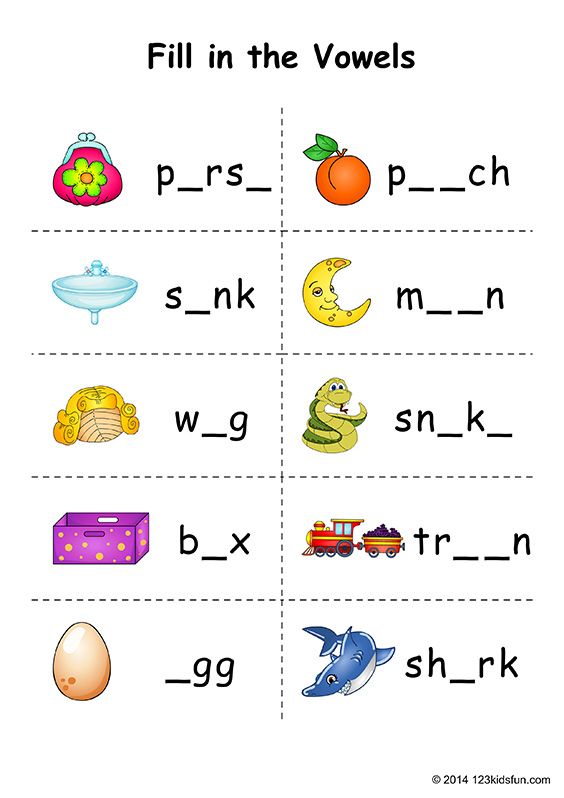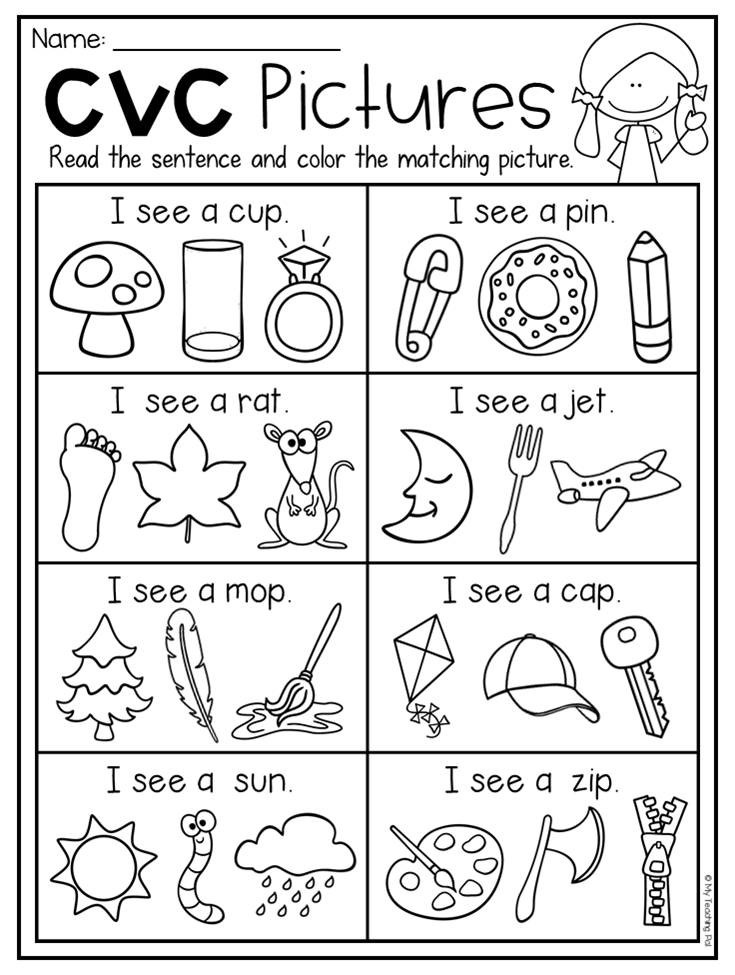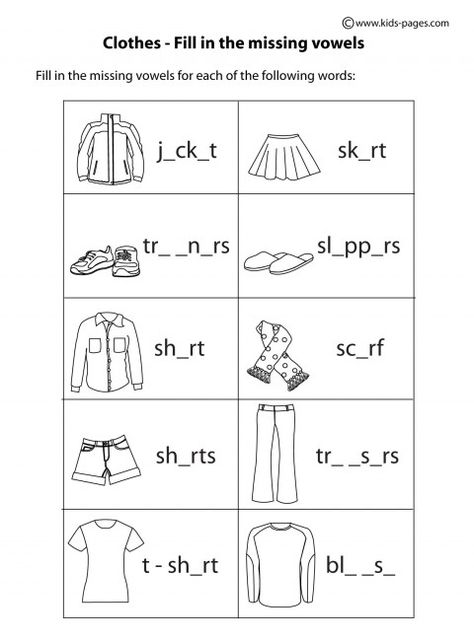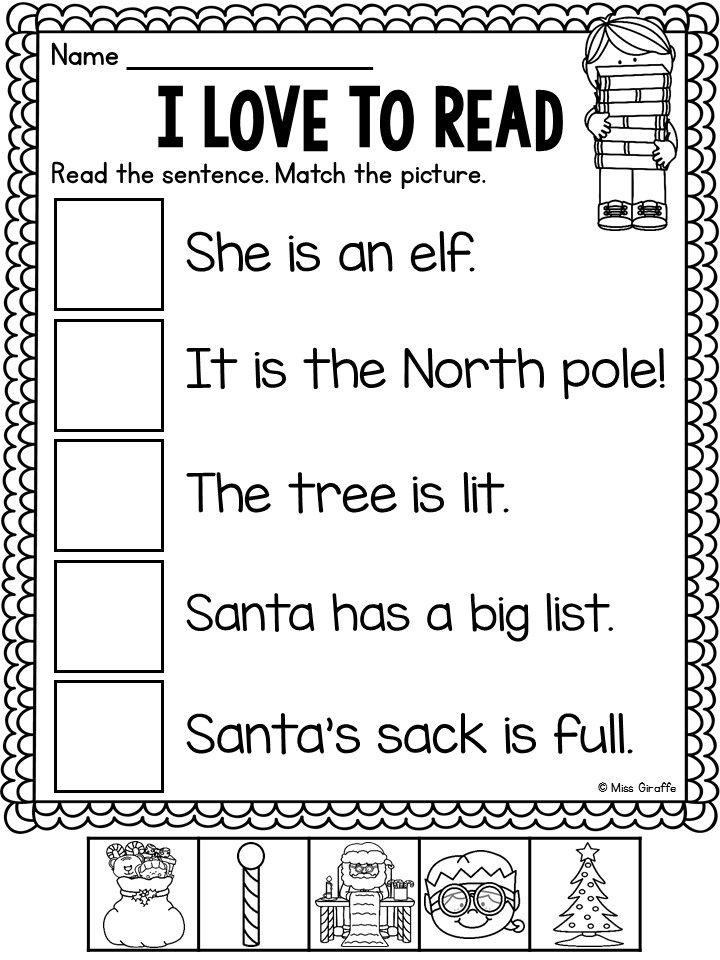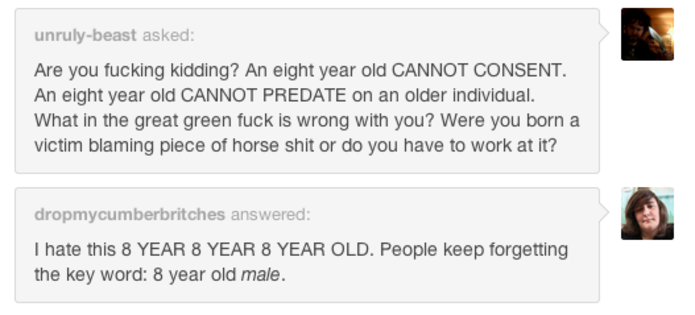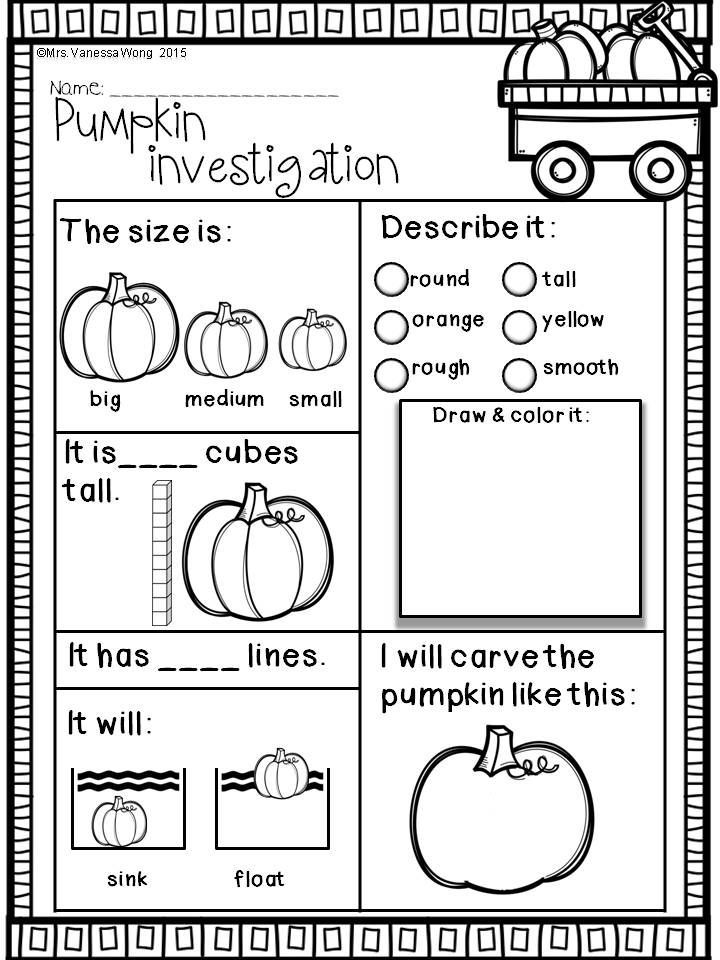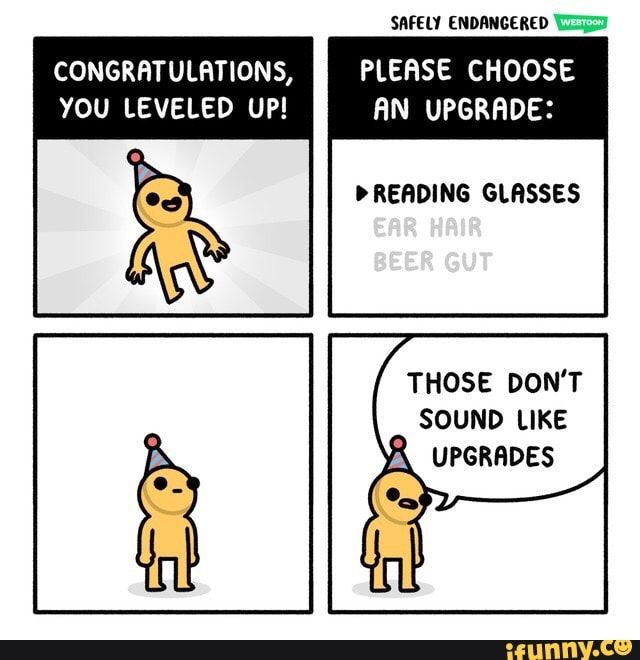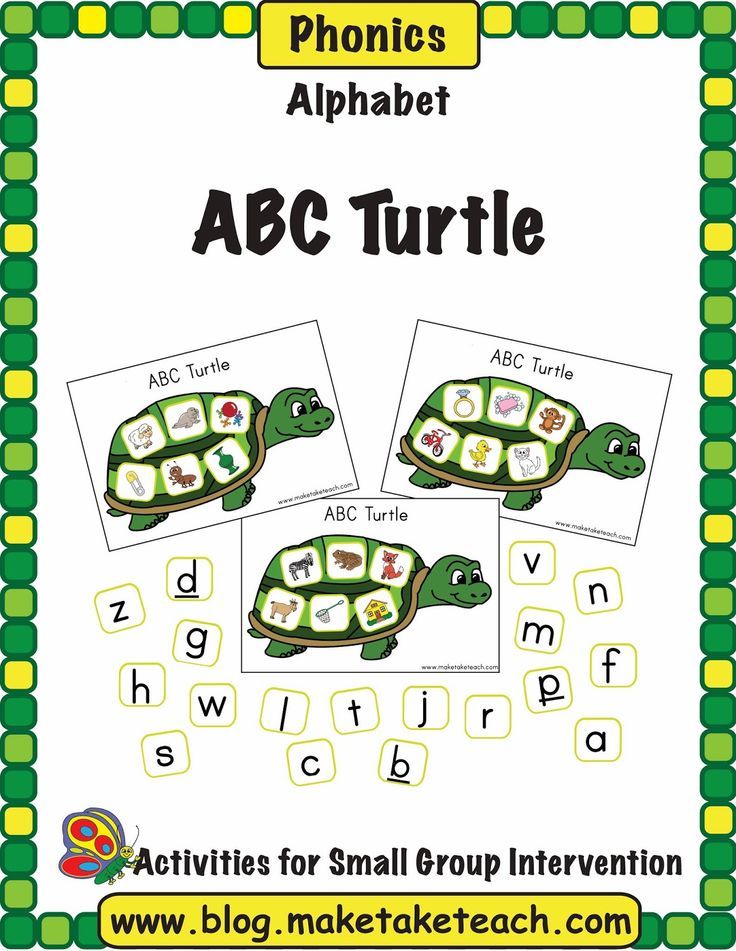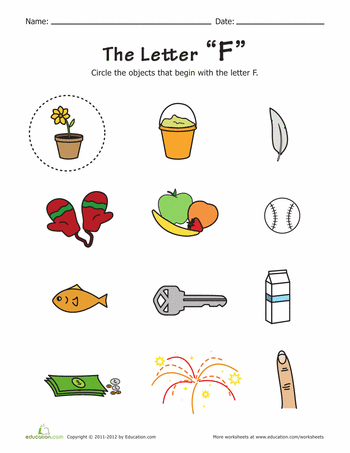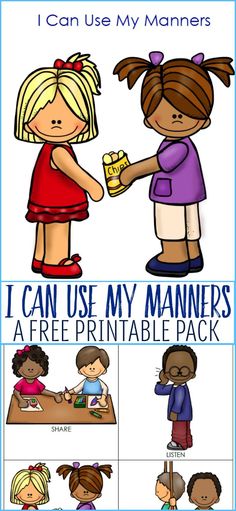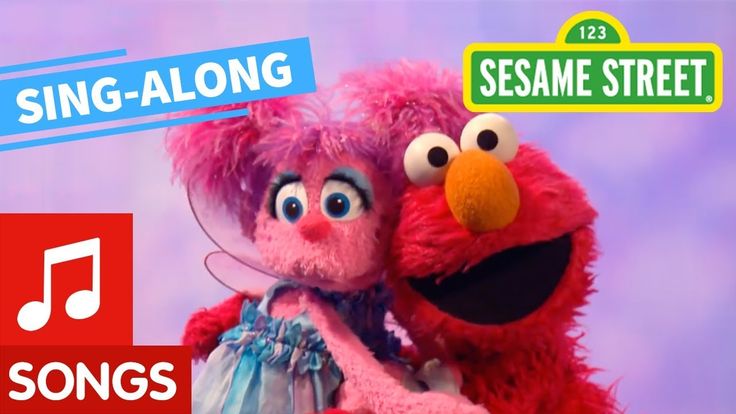Lesson plans vowels
Recognizing Vowels Lesson Plan
Objectives:
- Students will learn how to recognize and remember the vowels as a subset of letters, as distinguished from consonants.
- Students will become familiar with capital and lower-case forms of vowels.
About the Concept:
Recognizing and distinguishing vowels from consonants is an important step in the development of reading and writing skills since all words and all syllables in words contain at least one vowel. Once students recognize the vowels in both capital and lower-case forms, the stage is set for learning rules and spelling patterns for short and long vowels, final vowels, unaccented vowels, diphthongs, digraphs, silent vowels, and irregular spellings. The vowels in written English are
a, e, i, o, u and sometimes y. The letter y is a vowel when it occurs in medial or final position within a word or syllable or when it occurs in initial position in proper names like Yves, Yvonne, and Yvette (pronounced EEV, ee-VON, and ee-VET). (The letter w may also act like a vowel if it follows the letters a, e, or o.) When students have learned to recognize the vowels in Name Those Vowels, they can learn the long and short vowel sounds through the song, Oh, Do You Know? (Sing Your Way Through Phonics, Volume 1). Some other songs that teach students about vowels are the Volume 1 song, Silent E, the Volume 2 Songs, Cool Vowels, The Right Diphthong, and I Before E, and the Volume 3 songs Why Does Y? and Drop It!.
Materials:
- Sing Your Way Through Phonics Volume 1 CD, Tracks 7 and 8 (Listen to audio sample)
- Sing Your Way Through Phonics Volume 1 Mini-Charts (pp. 33-40)
- Plastic letters, letter tiles, or alphabet cards (1 letter per card)
- Optional: newspapers, crayons, highlighter markers, students’s name cards
Note: If you do not have the CD or Mini-Charts, you can still teach this recognizing vowels lesson plan using the folk tune listed on the Name Those Vowels Song Lyrics page.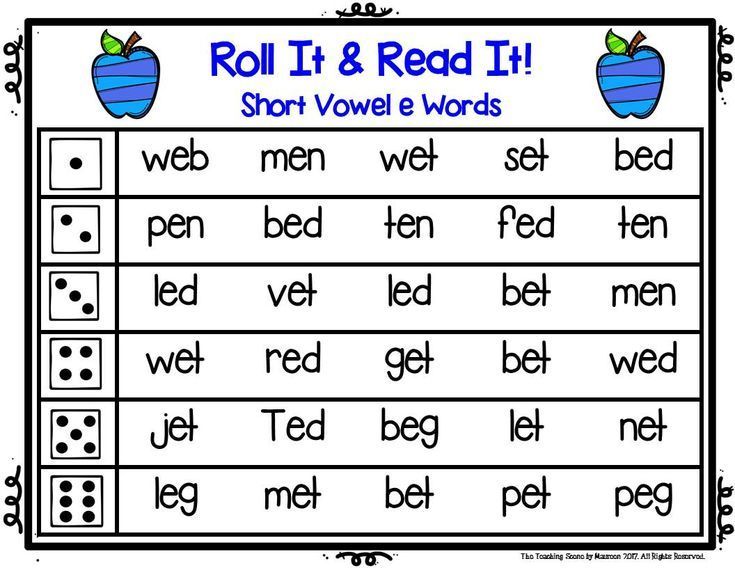 You can create your own mini-charts using the words in bold print letters in each verse of the Song Lyrics.
You can create your own mini-charts using the words in bold print letters in each verse of the Song Lyrics.
Find out more about Sing Your Way Through Phonics products.
Order our cost-saving Volume 1 Combo online.
Procedure:
- Say, “Now that we can recognize our letters, let’s find out about a special group of letters we call vowels.”
- Distribute capital letter cards A, E, I, O, U, and Y to six students, one card per child.
- Tell the class that these are the vowel letters and that every word has at least one vowel letter in it. Ask the class to name the vowel letters on the cards.
- Distribute lower-case letter cards a, e, i, o, u, and y to six other students and ask the students to name these lower-case letters.
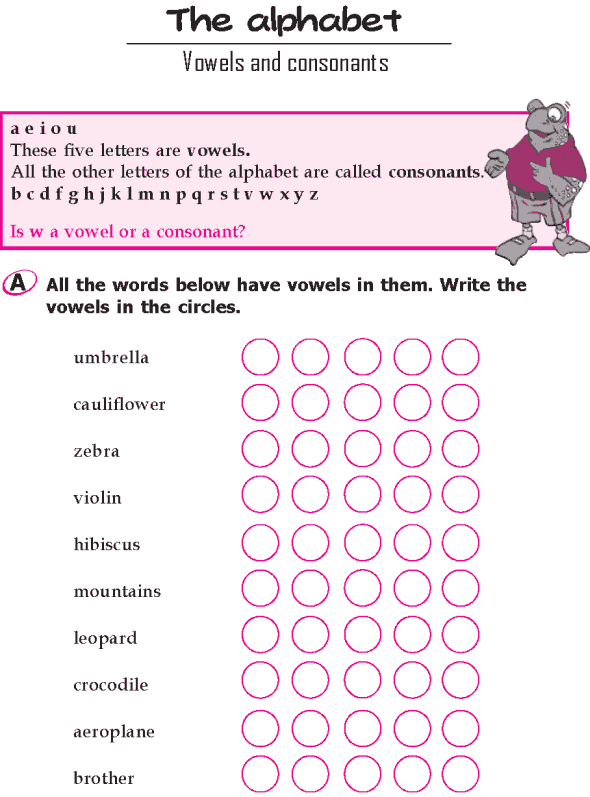
- Ask the students holding the lower-case letters to stand next to their partner letters, forming the pattern Aa, Ee, Ii, Oo, Uu, Yy and ask the students to name this set of vowel letters. (Students should just name the letters without saying “capital” or “lower-case.”
- Set the twelve letter cards on the chalk ledge and call six students to select either a capital or lower-case letter from each set of partners. Ask the six to line up facing the class. (Example: A-e-i-O- U-y) Ask the class to name the set of vowels they see.
- Repeat Step 6 with one or two more groups, forming other combinations of capital and lower-case vowel sets.
- Say, “Now we are going to listen to a song about the vowel letters to help us remember them.
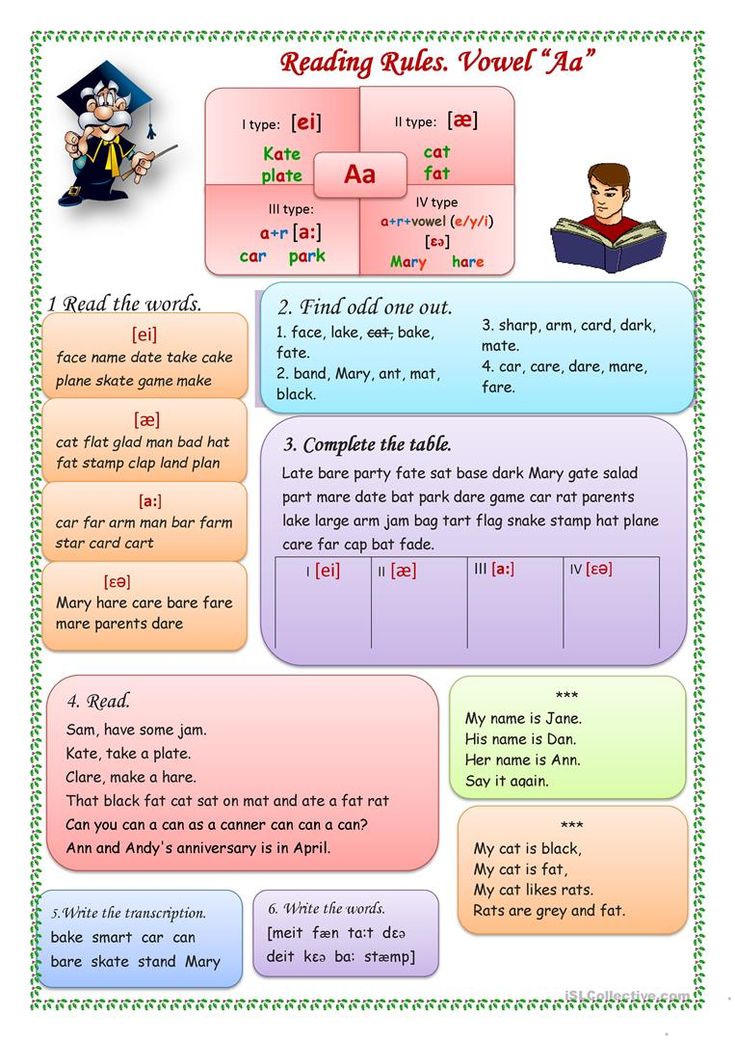 At first, the singers will name and sing all the vowel letters. Then, you will hear a clap when one of the vowels is left out. See if you can think the names of each vowel that is left out.” Play Sing Your Way Through Phonics Volume 1 CD, Track 7--Name Those Vowels and point to the Mini-Charts on pages 34-40.
At first, the singers will name and sing all the vowel letters. Then, you will hear a clap when one of the vowels is left out. See if you can think the names of each vowel that is left out.” Play Sing Your Way Through Phonics Volume 1 CD, Track 7--Name Those Vowels and point to the Mini-Charts on pages 34-40. - Point to Mini-Chart p. 35. Ask, what vowel was left out? (A)
- Point to Mini-Chart pages 36-39, asking what vowels were left out on each page.
- Say, “What happened at the end of the song?” (All the vowels were sung again.)
- Say, “Now, let’s try singing the song with the CD.”
- Play Track 7 again, pointing to the Mini-Charts and reminding the students to just “think” the names of the left-out vowels in their heads and clap for each vowel they don’t sing.
- Ask students, “What do we call the special set of letters we practiced today?” (vowels) “And what are the vowel letters?” (a, e, i, o, u, and sometimes y)
Follow-up:
- Practice singing Name Those Vowels daily for a few days.
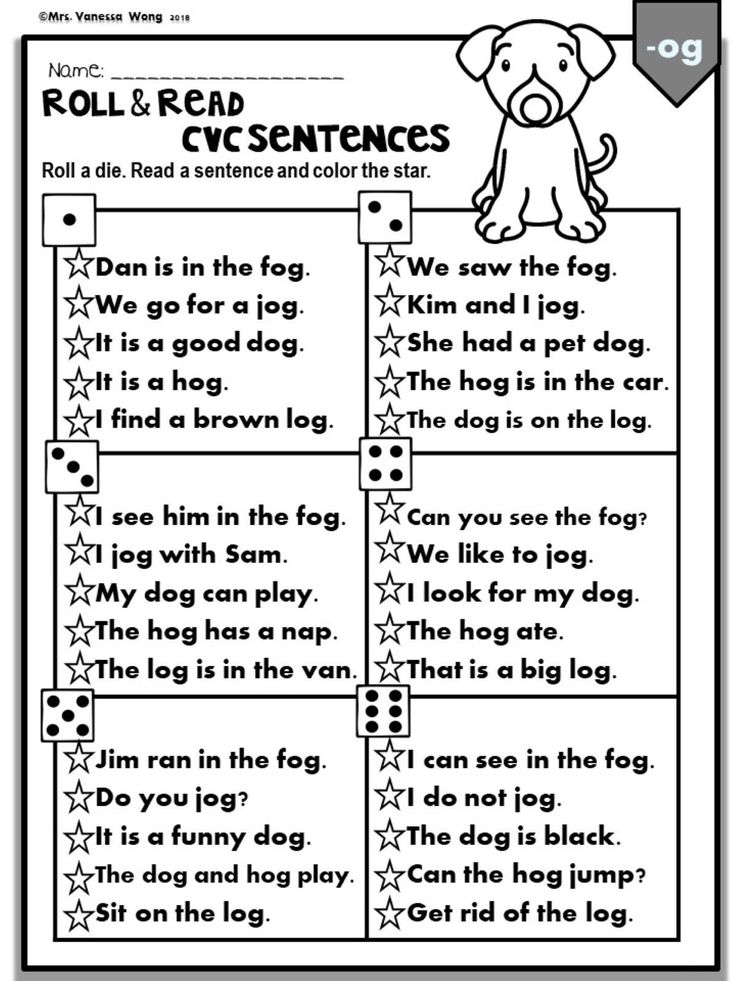 Then try singing the song without hearing the words, using the instrumental track (Track 8). Allow different students to point to the Mini-Charts words while singing.
Then try singing the song without hearing the words, using the instrumental track (Track 8). Allow different students to point to the Mini-Charts words while singing. - Using the Mini-Chart Templates, vary the order of vowels (Ex: e-o-i-u-a) and mix upper and lower-case (Ex: I-U-a-o-E).
- As a learning center task, have students do letter sorts, separating vowels from consonants. Be sure to include capital and lower-case letters. Use plastic letters, letter cards, or Scrabble tiles.
- Find vowels in books and magazines. Call attention to alternate print forms of the letter a. This might also be a good time to call attention to alternate print forms of the letter g.
Extensions:
- Introduce the Read-and-Sing Book, Name Those Vowels.
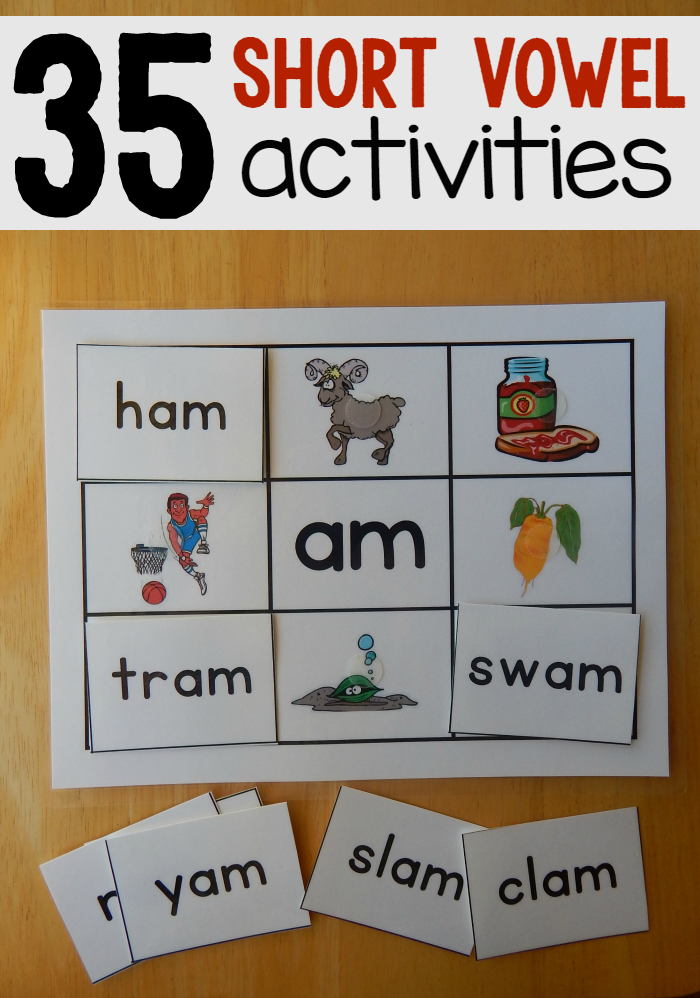 Readers can point to the vowels imbedded in the illustrations while singing this playful song set to the folktune Bingo. Each time a vowel is omitted in the lyrics, singers can substitute a clap, a pencil tap, a knuckle rap, a foot stomp, a rhythm instrument sound, or the word, "Sh!" Keep a few copies of the book at a literacy center equipped with headsets so that students can gain practice in listening, singing, and remembering the names of the vowels.
Readers can point to the vowels imbedded in the illustrations while singing this playful song set to the folktune Bingo. Each time a vowel is omitted in the lyrics, singers can substitute a clap, a pencil tap, a knuckle rap, a foot stomp, a rhythm instrument sound, or the word, "Sh!" Keep a few copies of the book at a literacy center equipped with headsets so that students can gain practice in listening, singing, and remembering the names of the vowels. - In newspapers, circle words with 1 vowel in red, 2 vowels in blue, 3 vowels in green, 4 vowels in orange, 5 vowels in black. Have a timed contest to see who can find the most examples of each. Winners need to read out the vowels in the words they circled to check for accuracy.
- Teach students American Sign Language for the vowels. Have them sign the letters as they sing.
- Play A-E-I-O-You! Each student says these five vowels and points to another student on the word “you.” After everyone has had a turn, everyone says the vowels in unison and all point to the person of their choice on the word “you.
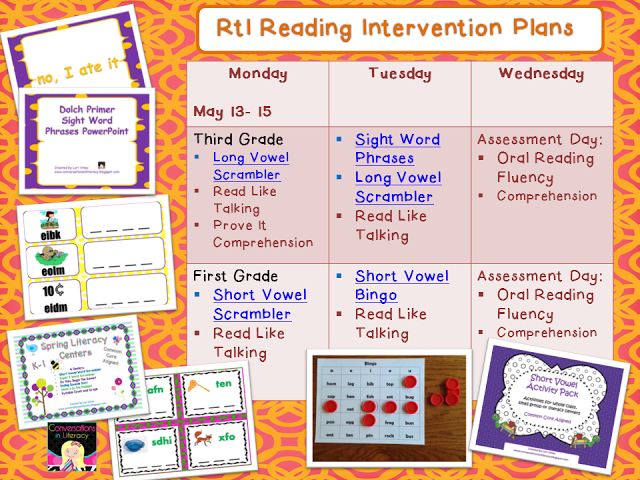 ”
” - Examine the vowels in students’s names. Have students trace the vowels on their name cards in a contrasting color crayon or highlighter marker. Do this with simple words in students’ sight vocabulary. (Ex: stop, walk, exit, baby)
- Compare objects and animals in alphabet books for the vowel letters. For example, one book might display an apple for the letter a while another might display an ape for the same letter.
Evaluation:
- Students correctly read all the vowels on Mini-Charts pp.34 and 40 without assistance, or
- Students pass a written test where they circle capital and lower-case vowels sprinkled in among consonants.
Order our cost-saving Sing Your Way Through Phonics Volume 1 Combo online ($33.95) containing the CD, Mini-Charts, Song Lyrics, and Teaching Suggestions — everything you need for this lesson! Or, print out an order form to mail/FAX to us.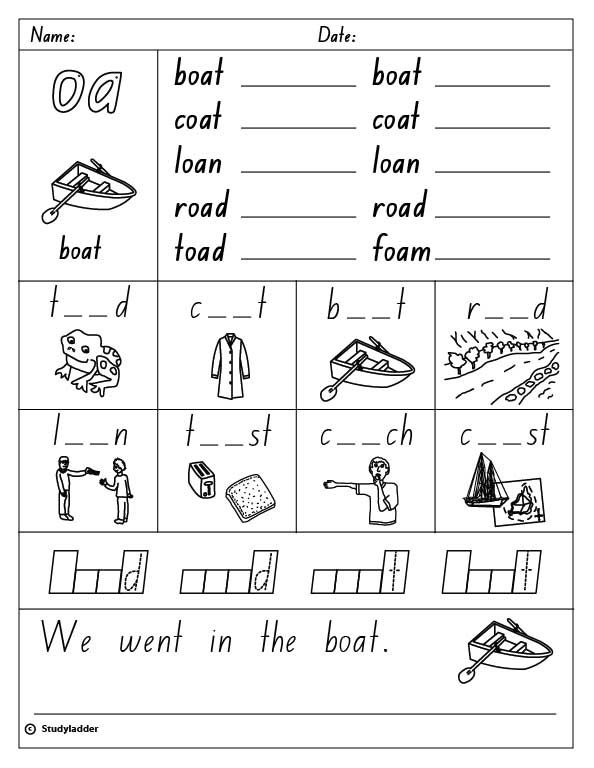
Using Folk Tales: Vowel Influences on the Letter G
- Preview |
- Standards |
- Resources & Preparation |
- Instructional Plan |
- Related Resources |
- Comments
Overview
Folk tales and fairy tales are of interest to and part of the language arts curriculum for young learners. This lesson supports the study of this genre and the study of irregular patterns and letter-sound relationships related to decoding and spelling. After reading the folk tale Jack and the Beanstalk, students discuss the word giant and its beginning sound.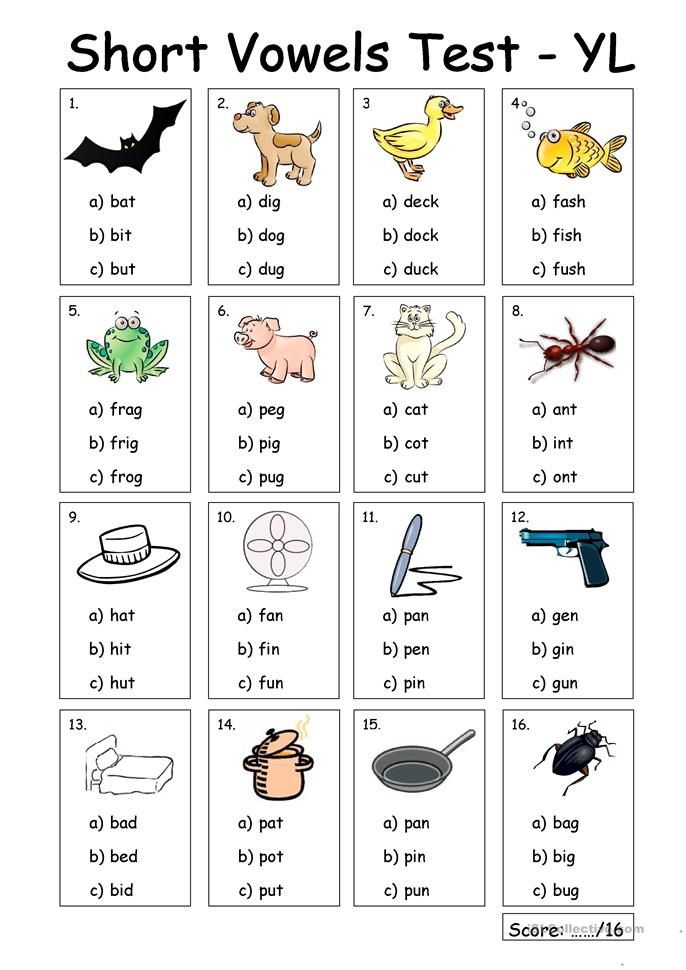 Students then create their own lists of words that begin with the same sound. Then, students are introduced to words with the soft g sound and create a new list of words with this beginning sound. As a culminating activity, students work individually or in groups to categorize animal names into groups according to their beginning g sound.
Students then create their own lists of words that begin with the same sound. Then, students are introduced to words with the soft g sound and create a new list of words with this beginning sound. As a culminating activity, students work individually or in groups to categorize animal names into groups according to their beginning g sound.
From Theory to Practice
Spelling exceptions: Problems or possibilities? (Johnson)
- While consonants are more regular than vowels and more likely to correspond to just one sound, there are times when they do not. The letter g is an example, having both a hard and soft sound.
- Evidence shows that capable readers and spellers respond to patterns rather than rules, and recognition of these patterns can help students make sense of the English system.
- All five vowels influence the particular sound that g will have in a word. When followed by e, i (and y), the g tends to have the soft sound, whereas when followed by a, o, and u, the g tends to have the hard sound.
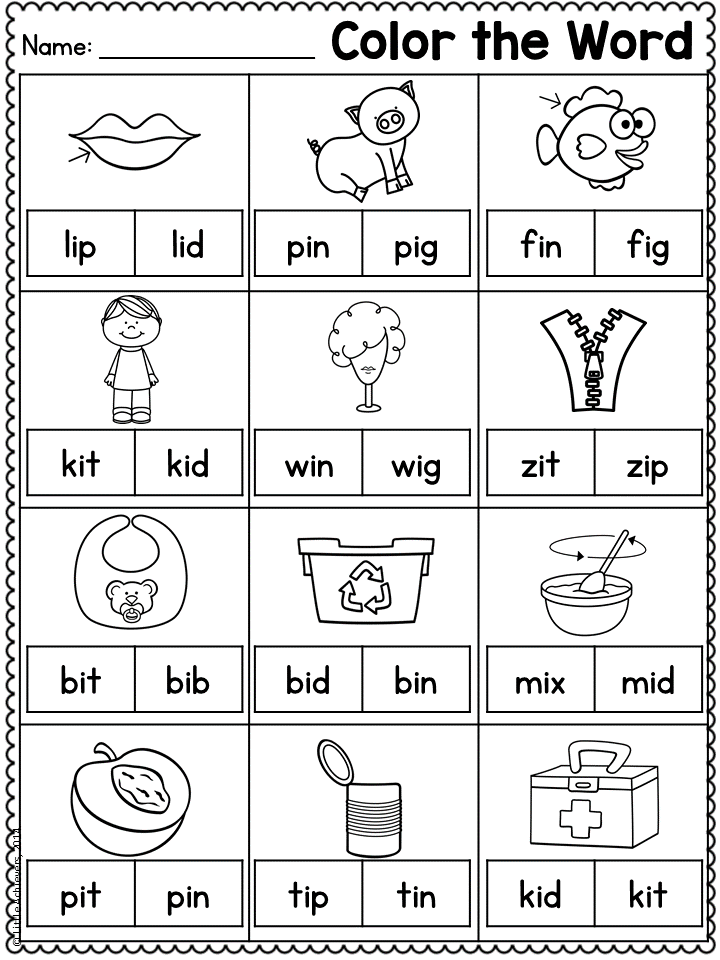
Common Core Standards
This resource has been aligned to the Common Core State Standards for states in which they have been adopted. If a state does not appear in the drop-down, CCSS alignments are forthcoming.
State SelectAlabamaArizonaArkansasCaliforniaColoradoConnecticutDelawareFloridaHawaiiIdahoIllinoisIndianaIowaKansasKentuckyLouisianaMaineMassachusettsMichiganMinnesotaMississippiMissouriMontanaNevadaNew HampshireNew JerseyNew MexicoNew YorkNorth CarolinaNorth DakotaOhioOklahomaOregonPennsylvaniaRhode IslandSouth CarolinaSouth DakotaTennesseeUtahVermontVirgin IslandsWashingtonWashington DCWisconsinWyoming
Grade Select12K
State Standards
This lesson has been aligned to standards in the following states. If a state does not appear in the drop-down, standard alignments are not currently available for that state.
NCTE/IRA National Standards for the English Language Arts
- 1.
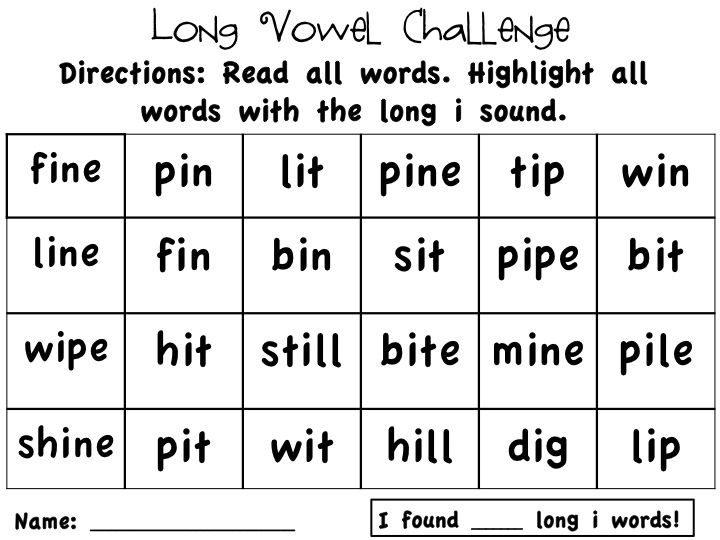 Students read a wide range of print and nonprint texts to build an understanding of texts, of themselves, and of the cultures of the United States and the world; to acquire new information; to respond to the needs and demands of society and the workplace; and for personal fulfillment. Among these texts are fiction and nonfiction, classic and contemporary works.
Students read a wide range of print and nonprint texts to build an understanding of texts, of themselves, and of the cultures of the United States and the world; to acquire new information; to respond to the needs and demands of society and the workplace; and for personal fulfillment. Among these texts are fiction and nonfiction, classic and contemporary works. - 3. Students apply a wide range of strategies to comprehend, interpret, evaluate, and appreciate texts. They draw on their prior experience, their interactions with other readers and writers, their knowledge of word meaning and of other texts, their word identification strategies, and their understanding of textual features (e.g., sound-letter correspondence, sentence structure, context, graphics).
- 4. Students adjust their use of spoken, written, and visual language (e.g., conventions, style, vocabulary) to communicate effectively with a variety of audiences and for different purposes.
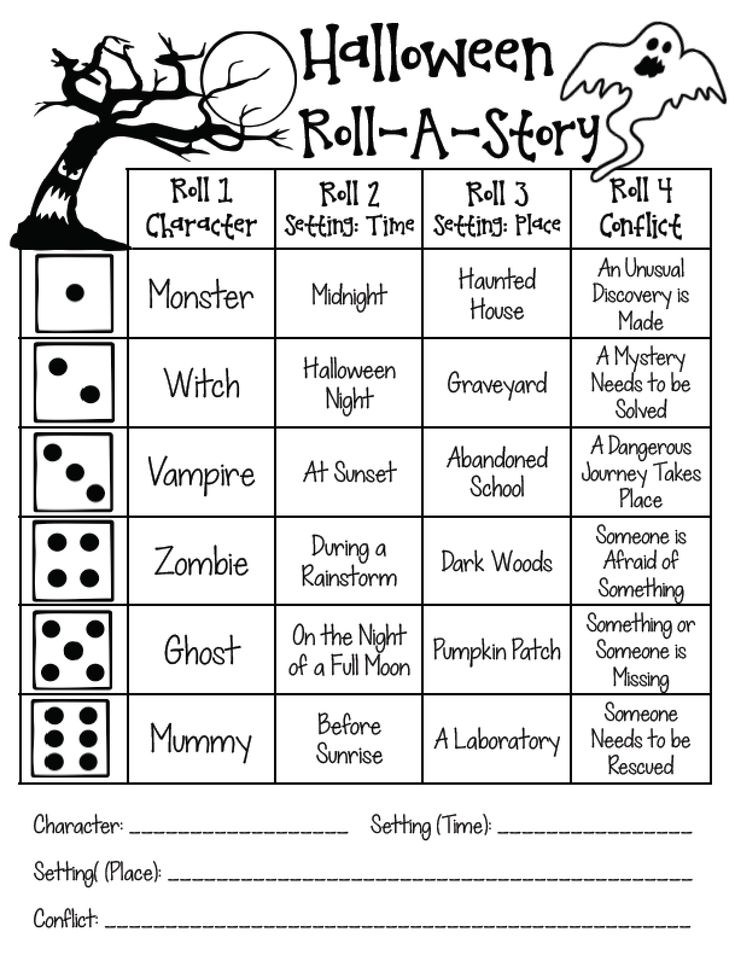
- 5. Students employ a wide range of strategies as they write and use different writing process elements appropriately to communicate with different audiences for a variety of purposes.
- 6. Students apply knowledge of language structure, language conventions (e.g., spelling and punctuation), media techniques, figurative language, and genre to create, critique, and discuss print and nonprint texts.
- 7. Students conduct research on issues and interests by generating ideas and questions, and by posing problems. They gather, evaluate, and synthesize data from a variety of sources (e.g., print and nonprint texts, artifacts, people) to communicate their discoveries in ways that suit their purpose and audience.
- 8. Students use a variety of technological and information resources (e.g., libraries, databases, computer networks, video) to gather and synthesize information and to create and communicate knowledge.
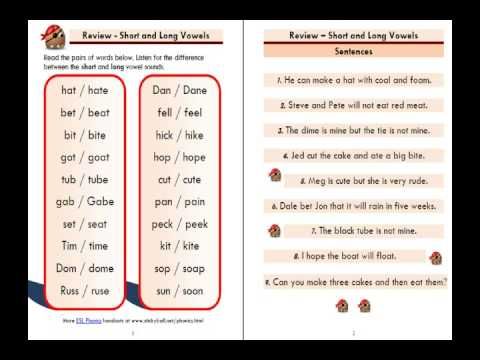
- 11. Students participate as knowledgeable, reflective, creative, and critical members of a variety of literacy communities.
- 12. Students use spoken, written, and visual language to accomplish their own purposes (e.g., for learning, enjoyment, persuasion, and the exchange of information).
Materials and Technology
- Jack and the Beanstalk (multiple copies if available)
- Overhead projector or chart paper
Printouts
Websites
Enchanted Learning: Animal Coloring Pages: G
Student Objectives
Students will
- Listen to and/or read the story Jack and the Beanstalk
- Recognize and identify words with hard and soft g sounds
- Categorize words beginning with the letter g by their sound (i.e., hard or soft)
- Listen to and/or read a story about a giant
Instruction and Activities
1.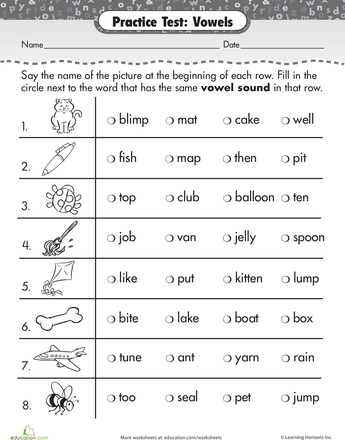 | Read the folk tale, Jack and the Beanstalk. If multiple copies are available, have students follow along or participate in a picture walk or shared reading depending on their ability. Ask students who lived at the top of the beanstalk. Discuss the word giant and its beginning sound. |
| 2. | Ask students to name other words beginning with the same sound as the word giant. Create a list of their words on chart paper or overhead (some words should begin with the letter j). Prompt students to name a word in the title of Jack and the Beanstalk that begins with the same sound as giant. Students should respond with the word Jack. |
| 3. | Read the words in the list aloud, having students read the words with you or repeat the words after you. Ask students what they notice about the beginning sound and letter of each word? Students should be able to generalize that in these words, the letters j and g have the same sound.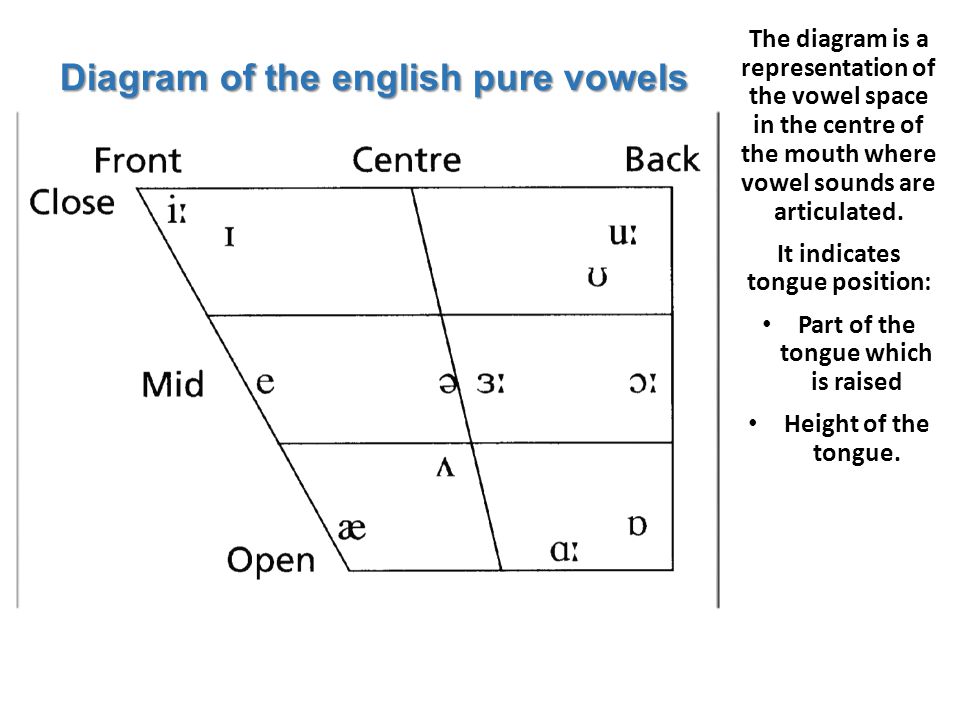 |
| 4. | Circle the words that begin with the letter g and ask students to help you find clues for why these words have the same sound as the letter j. If necessary, add a few words to the list (e.g., ginger, gentle, general, gym, gypsy) so that you have at least two examples of g followed by e, i, and y. |
| 5. | Explain that many words have the soft g sound. Draw students' attention to the letter that follows g in each of the words you have circled. Even if they do not see the similarities, write (and read) the words gang, gap, go, gobble, gum, and gush. Help students to see that when followed by e, i, or y, the g is usually soft and when followed by a, o, or u, the g is usually hard. |
| 6. | On a new piece of chart paper or overhead, draw a line down the middle of the sheet making two columns, one marked "Soft g" and the other marked "Hard g.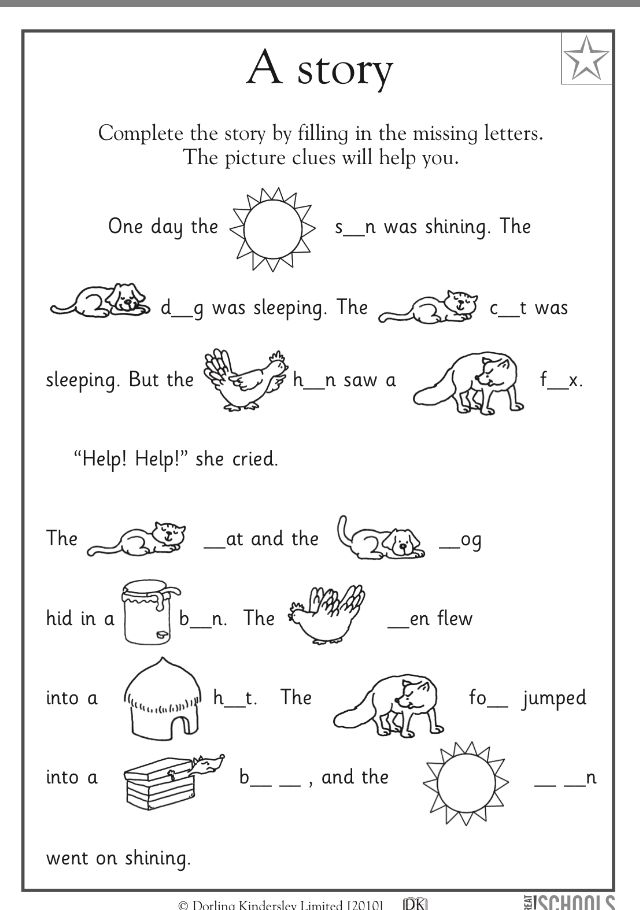 " Have students decide which column each g word should go from their initial listing. As you are doing this as a group, you can do some informal assessment by calling on individual students to see if they understand the generalization. If you think students need extra practice, add more words to the list (e.g., gigantic, germ, generous, gymnasium, gas, got, guppy). " Have students decide which column each g word should go from their initial listing. As you are doing this as a group, you can do some informal assessment by calling on individual students to see if they understand the generalization. If you think students need extra practice, add more words to the list (e.g., gigantic, germ, generous, gymnasium, gas, got, guppy). |
| 7. | Arrange students at a computer either as a group or individually, depending on their ability. Direct them to open the bookmarked website, Animal Coloring Pages: G. Ask students to:
|
| 8. | Distribute one copy of the Hard and Soft g worksheet to each student. Have them put the animal names in the proper columns. You may also ask them to add the words from the previous chart you did together. |
Extensions
- Have students return to the Animal Coloring Pages: G on the website, Enchanted Learning. Invite them to select one of the animals to paint online (see bottom of screen for instructions on how to copy and paste an animal printout into a painting program). If students are not skilled enough to do this activity online, the picture can be printed and colored with crayons.
- Have students practice with matching beginning-letter, sounds to images using the Picture Match game. Have them work with the letter g and other letters that have similar patterns like c.

Student Assessment / Reflections
- Teacher observation and ongoing assessments during the lesson
- Hard and Soft g worksheet
- If students have journals or notebooks, they can be encouraged to use g words in future writing.
Outline of the lesson on the topic: "Vowels and consonants and letters"
Grade: 2
Topic: Vowels and consonants sounds and letters.
Type Lesson:
Lesson generalization and systematization of knowledge.
Main didactic goal of the lesson:
Summarize knowledge of vowels and consonants, bring them into the system
Objectives :
1. Educational :
- generalize students' knowledge about the role of vowels and consonants in the language;
- continue forming the ability to distinguish vowels and consonants sounds and letters and give them a description;
- update knowledge students about the work of vowels and consonants;
- provide application learners knowledge in practice.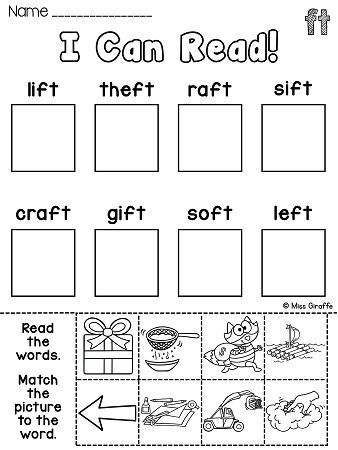
2. Educators :
- arouse interest in learning the Russian language as a science;
- create conditions for interested work in the lesson;
3. Educational :
- promote expansion outlook;
- develop speech;
Equipment to lesson : notebook and other stationery, computer, tape letters.
Lesson progress:
1) Organizational stage : (readiness check to the lesson, correct posture).
-C gladly came to study you today?
- What does every student need to become a good student?
Remember, the one who works hard, he will achieve something. “Study and work will grind everything”
-How do you understand the meaning of this proverb? There is another proverb which will help us today in the lesson: "Repetition is the mother of learning"
topics and objectives of the lesson &
Today we will go on an exciting journey through the Land of vowels and consonants sounds and letters, where you will remember the vowels and consonants, what they are for needed and what functions they perform.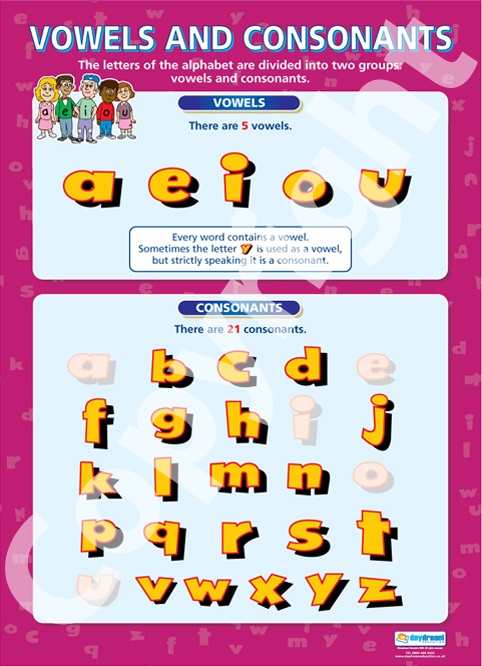
Finger gymnastics .
A now we must do a good warm-up in order to do it beautifully and correctly notebook entries
- start the engine of the car
(rotation fists)
- show how our heart works
(squeezing and unclenching hands)
- rise up the stairs and down
(large with a finger, press on the pads of the fingers in order)
- one, two, three, four, five, (fingers are bent in order into a fist)
and immediately:
all fingers went to sleep. (tilt cams)
- all of a sudden wake up, stretch.
Warm up did just great. Now our fingers and hands will be good assistants.
3) Update knowledge:
1) Minute calligraphy.
- Open notebooks and write down the date and “Classwork”
- What letter do you most want to write now?
- Describe this letter and its sound?
- Write in the notebook capital and lowercase side by side. Continue in this way until end of line.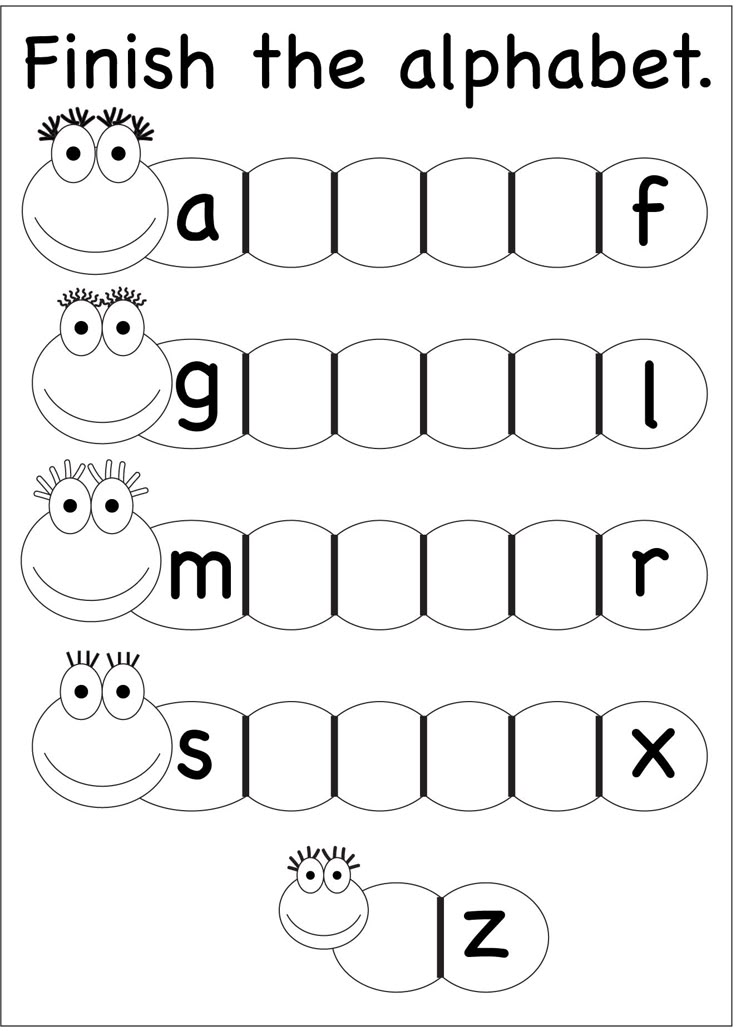 Choose the most beautiful letters and underline.
Choose the most beautiful letters and underline.
- Well done!
4) Generalization and systematization of knowledge
a) - A now I open the ribbon of letters. Let's take a closer look at it.
- Why are some letters highlighted in red and others in blue? - vowels, blue - consonants). Why did 2 letters remain gray with us? (This is b and b hnak.they have no sound)
- What do you know about vowel sounds? (vowels are sung)
- How many are there in Russian? (6) And how many vowels? (10)
- Let's remember how to pronounce vowel sounds (a, o, u, i, s, e)
- How are sounds written in writing? (in square brackets)
- Name the letters of the vowels that indicate hardness consonant sound (a, o, y, s, e)
- What are the letters of vowels that indicate the softness of the consonant sound (i, e, e, i, j)
- Which of these letters can represent two sounds? (I, yo, e, yu) (I-ya, Yo-yo, E-ye, Yu-yu)
- When do they represent two sounds? (at the beginning of a word, after vowels, before ъ and ь signs)
- Let's give examples of such words.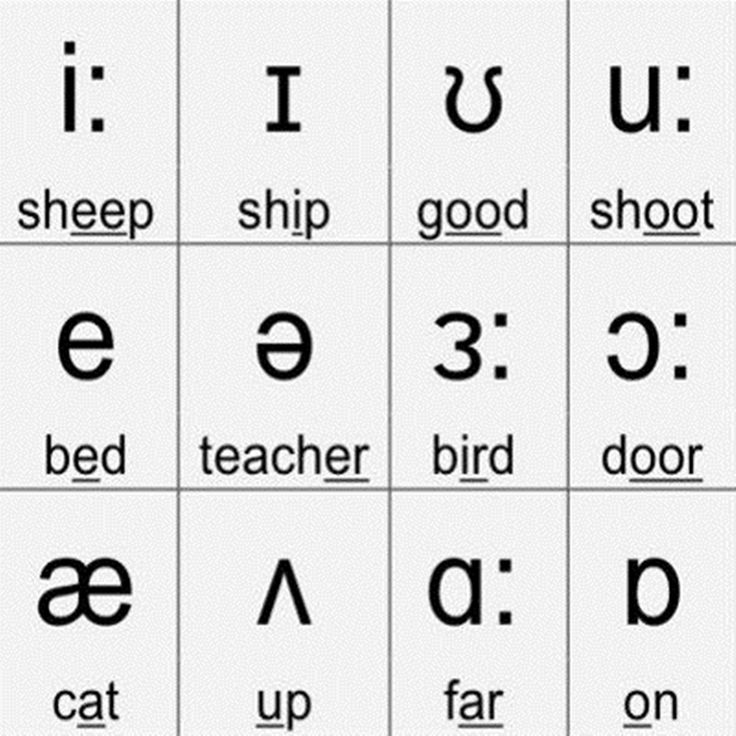
For example, clear, singing, pouring, entrance.
- Can a syllable consist of only one vowel sound? (yes)
- Can a syllable be made without vowels? (no)
- Let's conclude, for this the necessary vowels?
(vowels sounds are needed to form a syllable.)
-Try parse the words that we cited earlier, by syllables. - 2 syllables each, and in the word pours - one syllable)
Remember how many vowels in a word, so many syllables!
b) Gymnastics for the eyes.
Not turning heads (head straight), with eyes closed, look to the right at count 1-4, then left to count 1-4 and straight ahead to count 1-6. Raise your eyes up to count 1-4, drop down to count 1-4 and look straight at count 1-6. Repeat 4-5 times.
c) On screen sounds: [g], [r], [m], [c], [y], [f].
-What extra sound? [y] Why? (vowel, and the rest are consonants)
-And you Do you know poems about consonants?
Then I will read to you now, and you repeat after me:
A consonants agree
Rustle, whisper, creak,
Even snort and hiss,
But not they want to sing.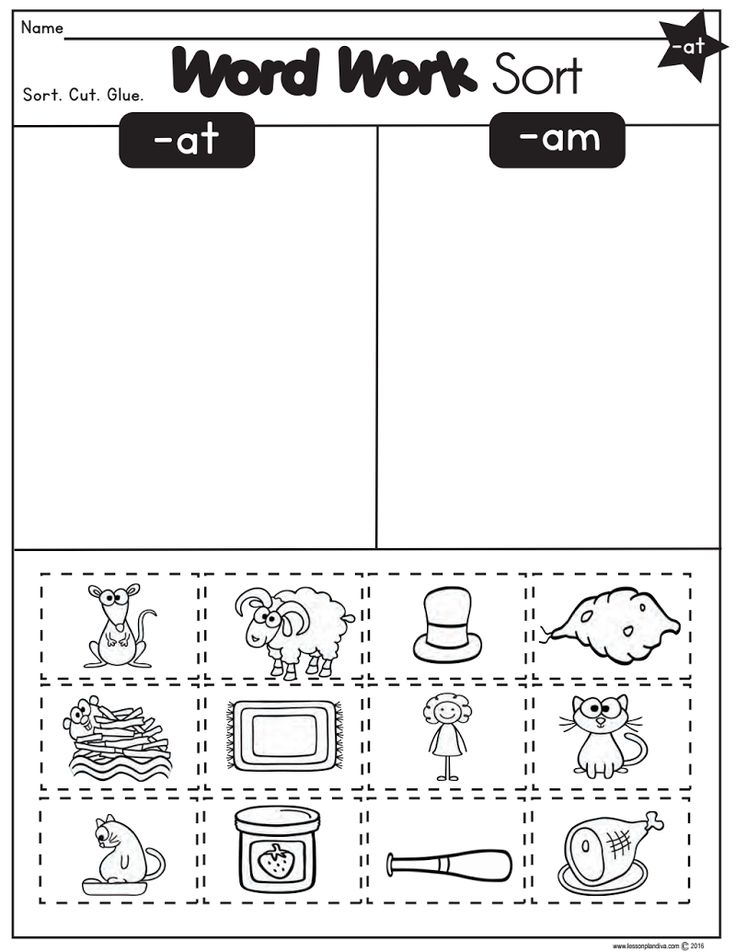
Ccc - serpentine whistling is heard,
Shhsh - the rustle of a fallen leaf.
Zhzhzh - bumblebees in the garden are buzzing,
Prr - motors rumble.
d)-as consonant sounds?
- What can you say about the consonant sound? (it consists of voice and noise or only from noise)
What Do letters represent consonants? (b, c, d, e, g, h, d, k, l, m, n, p, r, s, t, f, x, c, h, w, w)
- On what groups are consonant sounds divided into? (into soft and hard, into deaf and voiced, into paired and unpaired)
Than is softness indicated in the letter of a consonant sound? (indicated by vowels e, e, u, i, i, as well as a soft sign)
- I I’ll give you such words for comparison - onion-hatch, chalk-stranded. Where soft consonants, but where are the hard ones, tell me?
- A now we will switch to paired consonants.
name couples for me! (b-p, v-f, g-k, d-t, w-w, s-s - hard and equally soft)
- The rest of the consonants were left without a pair.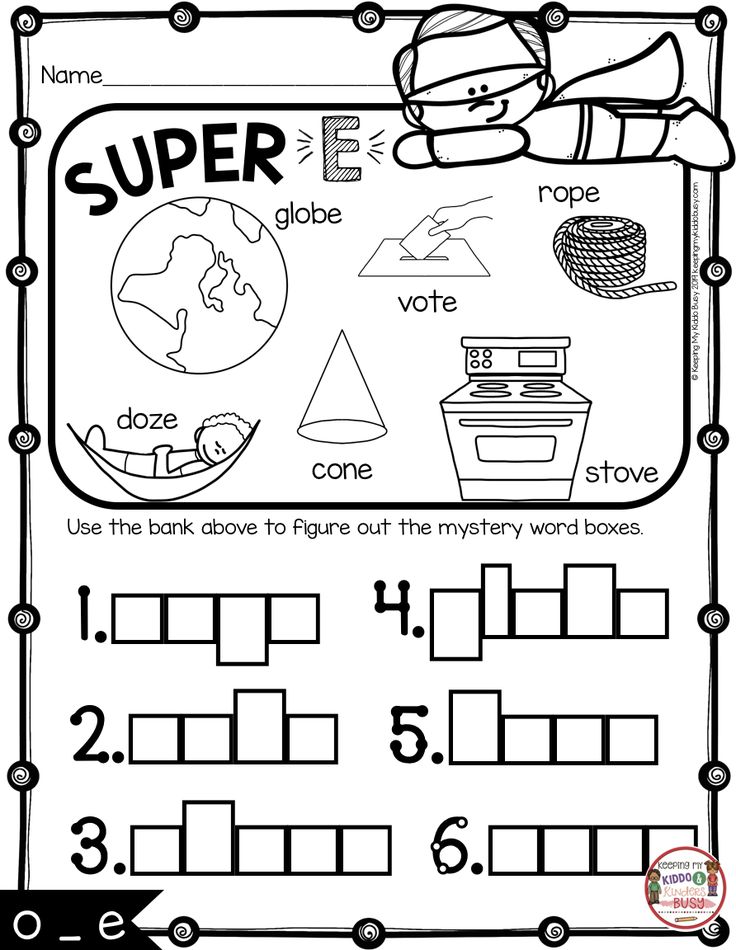
- Name the letters of unpaired voiced consonants (l, m, n, p, d)
- What can you say about the letters ha, tse, che, shcha? (letters of unpaired deaf consonants sounds)
- Name the letters of always soft consonant sounds. (j, h, w)
- Name the letters of always solid consonants. (w, w, c)
- I once again, how is it different from all other letters b and b? (they are not denote sound)
- And finally, can a consonant sound form a syllable without a vowel? (No, a syllable formed only together with a vowel sound)
Well done! You have successfully passed the test for knowledge of vowel sounds!
e) Physical education minute.
times, two, three, four, five
Started hare jump,
jump hare is much,
he jumped ten times.
5) Application knowledge and skills in a new situation
a) A Now let's practice a little in applying our knowledge.
- The letters on the screen are: Z, K, A, C, E, H, M, I, Yu, B.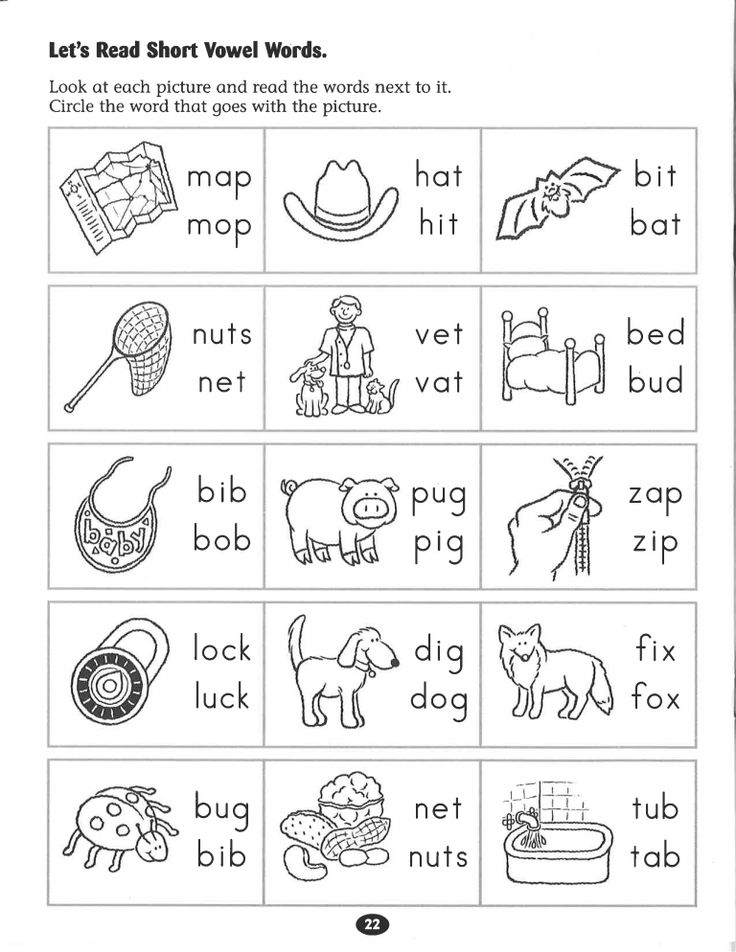
these letters are in 2 groups.
- On what basis did you separate the letters? (vowels and consonants)
Name letters in each row. Complete each row with your examples of two letters.
Pick up words that begin with letters representing consonants. And now, vowels.
b) Guess the riddles and we will make a sound analysis of the riddle words.
A horse is racing across the sky -
Fire flies from under your feet.
The horse beats with its mighty hoof
And splits the clouds.
So hard he runs,
That the earth trembles below. (thunderstorm).
I am shaggy, I am shaggy,
In winter I am above every hut,
Above the fire and the factory,
Above the fire and the steamer.
But nowhere - nowhere me
There is no fire without fire. (smoke)
Escapes like a living thing,
But I won't let him out.
The matter is quite clear:
Let him wash my hands.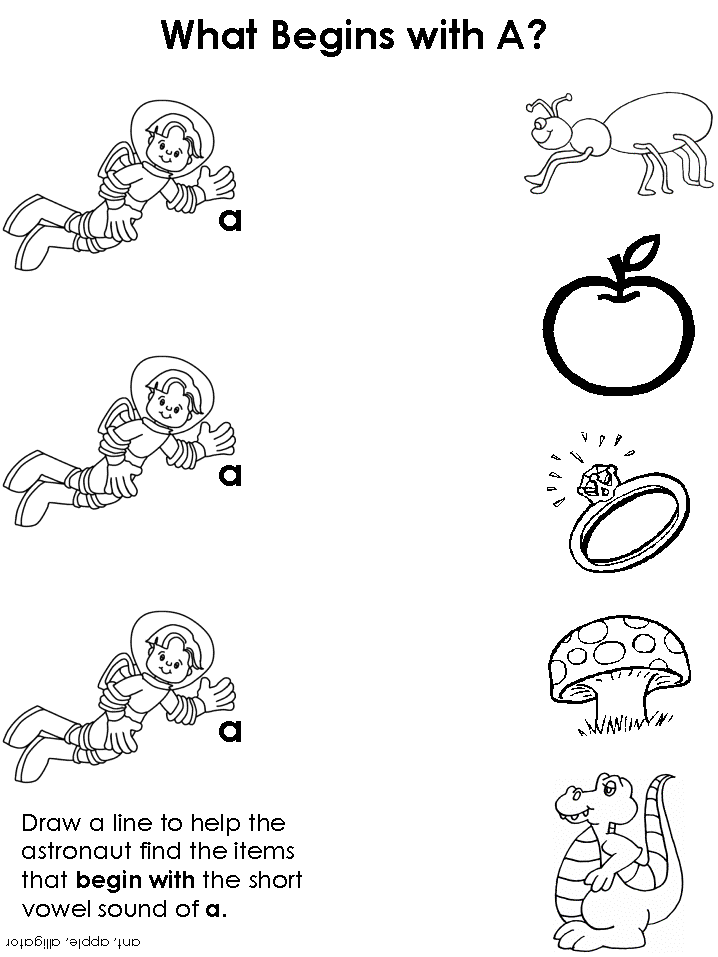 (soap).
(soap).
6) Control assimilation, discussion of the mistakes made and their correction
- What was studied and repeated on lesson?
-Can you tell the difference between letters and sounds?
- Is the statement "The number of syllables determined by the number of vowels in a word?
I rate you for the lesson 5(4, 3..)
7) Information about homework
Repeat all the vowels and consonants and letters.
Write out the last riddle 5 words and do sound analysis.
8) Reflection.
- What do you like most did you like the lesson?
- Continue saying:
I liked it...
I did it...
It was hard for me...
| Outline of the lesson in the Russian language (grade 2) on the topic:
Outline of the lesson on the topic: Vowels and consonants.
Grade: 2 "b"
Type of lesson: repetition
Purpose: to systematize knowledge about vowels and paired consonants
Tasks:
Educational:
- to learn to identify the discrepancy in the number of sounds and letters in a word
- - - show cases of discrepancies in the spelling and pronunciation of sounds in a weak position (unstressed vowels, paired in voicedness - deafness consonants at the end of a word)- reinforce the ability to find spellings in words
- repeat information about the acoustic and articulatory differences between vowels and consonants
- find out the role of vowels and consonants in distinguishing words letter
Developing:
- develop spelling vigilance
- develop students' speech, thinking, memory, attention, imagination
- to form the ability to participate in an educational conversation, follow instructions, answer questions;
Educational:
- to cultivate conscious discipline in the classroom, respect for each other.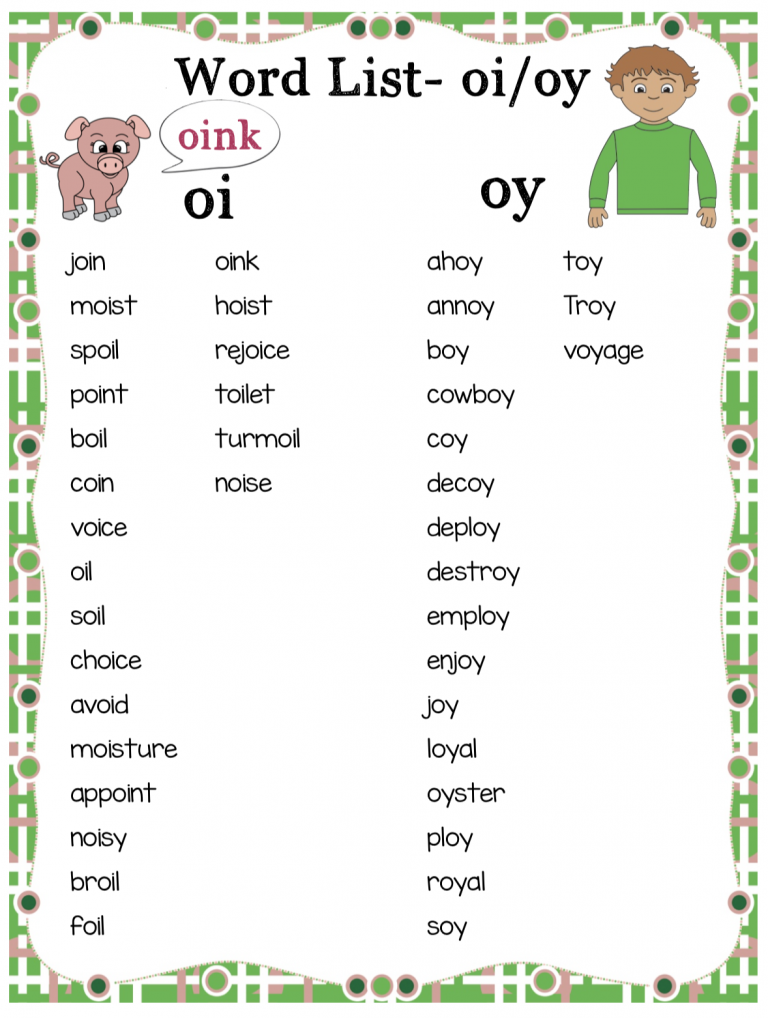
- stay motivated to study, focus on understanding the reasons for success in studies, show interest in new educational material
Equipment: textbook, fairy tale "Paired and unpaired"
Lesson structure.
- Organizational moment (1 minute)
- Actualization of knowledge (2 minutes)
- Vocabulary and spelling work (7 minutes)
- Formulation of the topic of the lesson
- Work on the topic of the lesson (20 minutes)
- Consolidation of the learned (7 minutes)
- The result of the lesson. Reflection (2 minutes)
- Homework (1 minute)
Lesson Course
| Stage Lesson | Activities | Activities0005 | Introspection |
| Organization Moment | Greeting. - Write down today's date (October 6) and "class work". | Get ready for the lesson | |
| Updating knowledge | - Guys, who will remind us what we learned in the last lesson? - What is the difference between sounds and letters? - What is the difference between vowels and consonants? - How many letters are used to represent consonants? - How many letters are used to represent vowels? - Does a letter always denote the same sound? - Guys, let's remember what a spelling is? | - we hear and pronounce sounds, but write down and read letters - 21 letters - 10 letters - spelling is a letter whose spelling is explained by a rule. | |
| Vocabulary and orthographic work | - a word is encrypted on the board. IGOPAS - What is the word? - How did you guess? - Explain the lexical meaning of the word "boots". - Why is this word interesting? - Say the word "boots" by syllables, identify the stressed syllable. - Find spellings in a word. - Look carefully at a couple of words: boots-boots - What interesting things have you noticed? - Write this couple of words in a notebook, put stress and underline the spelling. | - boots - read the word from right to left - Boots - high shoes made of leather, rubber or other material the stress falls on the third syllable. - unchecked unstressed vowel in the first syllable, its spelling must be remembered, in the second syllable - checked unstressed vowel, its spelling can be checked with the word "boot" - at the end of the word boots, a paired deaf consonant sound [k] is heard, and in the word boots, a paired voiced consonant sound [g] coincides with the letter, that is, the spelling of the word boots can be checked with the word boots. | |
| Reporting the topic and purpose of the lesson What do you think it will be about? - So, now we will check if we guessed correctly. Paired and unpaired Consonants also danced in pairs, but slowness and bulky outfits hindered them a little, and they puffed, hissed, whistled with zeal. Here are the pairs they were: B - P, C - F, G - K, D - T, F - W, 3 - C. Moreover, the letters B, C, D, D, G, 3 were loudly beaten with their feet to the beat of the music. Those were too loud letters. They even helped themselves with their voices so as not to lose the rhythm. But there were also lonely letters at the ball. They did not want to dance at all and preferred solitude. This is l, m, n, p, d, x, c, h, u. They didn't have a couple. These are not couples. Since then, this has been the case. On holidays, couples dance in tandem with their partner. And the unpaired ones just sit quietly and look at the dancers. - Were our assumptions confirmed? - Why are consonant pairs called strange? - Name paired voiced consonants. - Name paired voiceless consonants. - Today at the lesson, we must learn to find and designate spelling in words. | Listen carefully to the teacher and analyze what they hear - often paired consonants replace each other in words, the pronunciation and spelling of words with their participation do not match: oak-soup - B C D E F G. - P F K T W S. They are deaf because they are pronounced without a voice, with noise | ||
| Work on the topic of the lesson | - do exercise 57 on page 47. Look carefully at the word models. - Choose words that fit these models. - What word will we choose for the first model? - How do you understand the meaning of the word "meadow"? - Let's say the word "meadow" all together. - What sound is heard at the end of a word? - And now let's pronounce the word "meadow" as it is written. - Compare the pronunciation and spelling of this word. - Write down the word "meadow" in your notebook and underline the spelling. - Now look at the next model. What word was chosen for this model? - How do you understand the meaning of the word "onion"? - Let's say the word "onion" all together. - What sound is heard at the end of a word? - And now let's pronounce the word "onion" as it is written. - Compare the pronunciation and spelling of this word. - Write down the word "onion" in your notebook. - And now let's say the words "meadow" and "bow" again. - How are these words similar? And what is their difference? - What conclusion can we draw? Are words always spelled the way they are pronounced? - Let's do exercise 58. Read the task. What should be done? - Let's make an algorithm for performing actions. Step 1: say the word 2nd step: compare the pronunciation with the spelling 3rd step: if the spelling differs from the pronunciation, write down this word in a notebook, underline the spelling. - Let's analyze the first word together. We say [rukaf]. We compare the pronunciation with the spelling: we hear [sleeve], and we write the sleeve. We write the word sleeve in a notebook, underline the paired consonant at the end of the word, it can be checked with the word “sleeves”. Frontal work with commenting - What spellings did you meet in the exercise? - To remember how to behave when you meet these spellings, listen to the rhyming lines. If the letter is a vowel Caused doubt, You immediately Put it under stress. If you hear a paired sound, Be careful, my friend! Double check right away, Feel free to change the word: Tooth - to teeth, ice - to ice, You will be literate too! | meadow - meadow - area covered with grassy vegetation [k] - meadow The pronunciation and spelling of the word differ. - onion - Onion or wild plant [k] - The pronunciation and spelling of the word are the same. - The pronunciation is the same, but the spelling and lexical meaning are different. Together with the teacher make up an algorithm of actions Analyze the word together with the teacher - a paired consonant at the end of a word, a checked unstressed vowel, an unchecked unstressed vowel. Listen carefully to the poem and try to memorize it | |
| Consolidation of the material covered | - Let's do exercise 60 on page 49. - What should be done in this exercise? - Determine what spelling is in all words. - read all the words from the exercise. - What is the spelling of all the words? - Write the words in alphabetical order, underline the spelling. - How to arrange words in alphabetical order if the first letter in these words is the same? - Check what you got. Hedgehogs, animals, dwelling, puddles, skis, knives, spring, fresh, ears, siskins | - Zhi and shi write with I | |
| Lesson summary. Reflection | - Does the designation of vowels and consonants always coincide with their pronunciation? - When does the spelling of a letter require rules to be applied? - What was interesting and useful for you at the lesson? - What caused you difficulty in the lesson? | Children analyze their work in the lesson and evaluate it. |


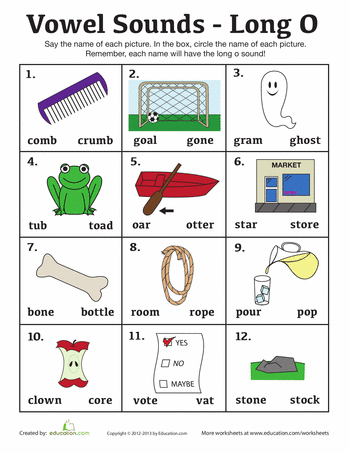
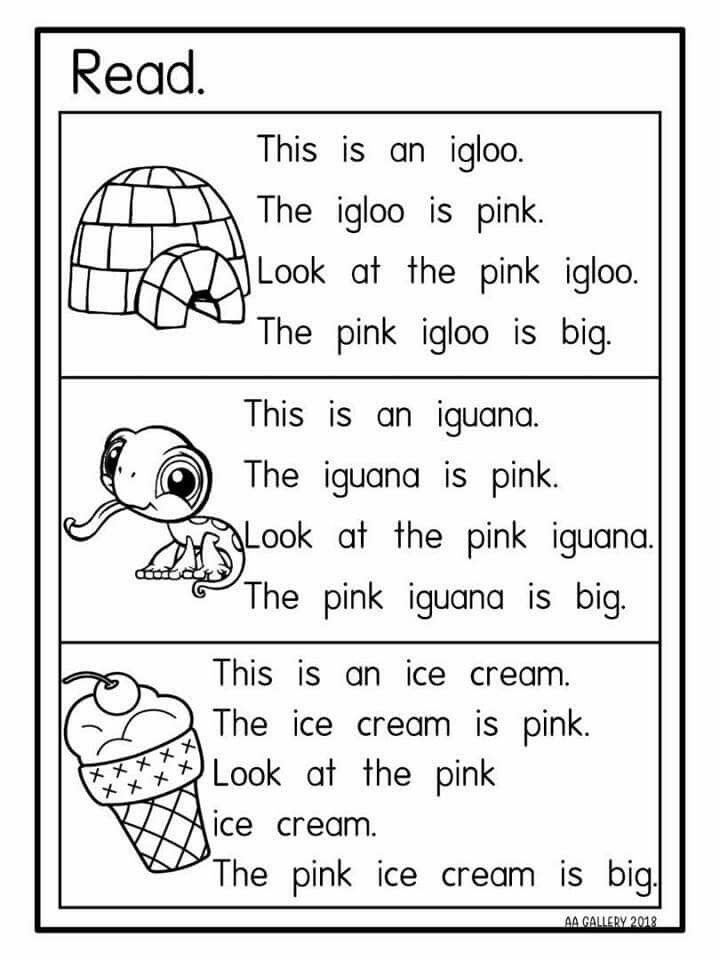
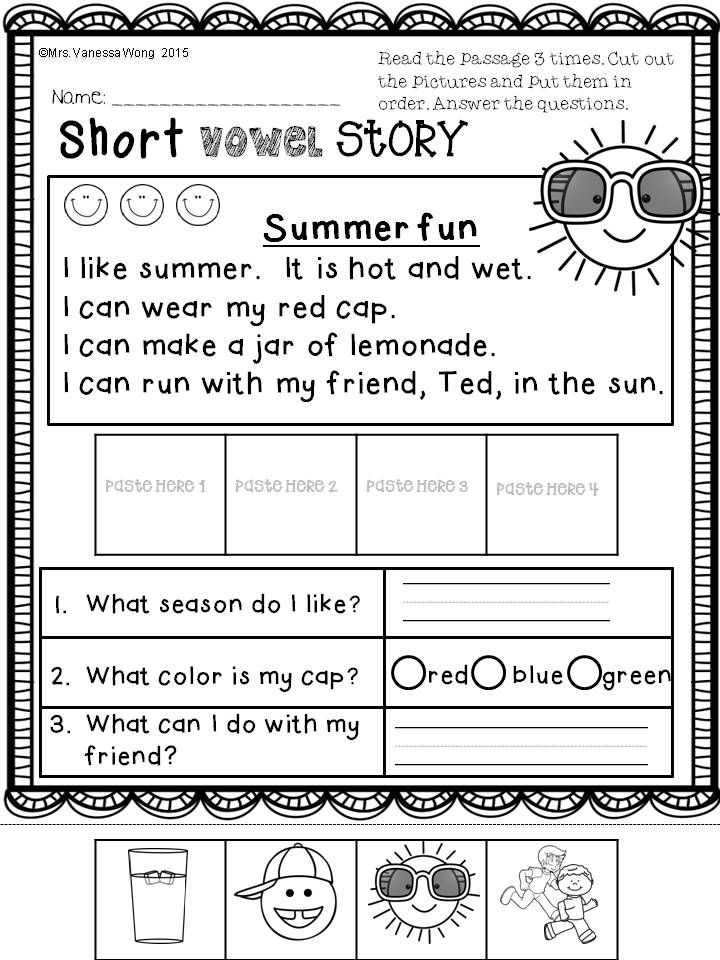
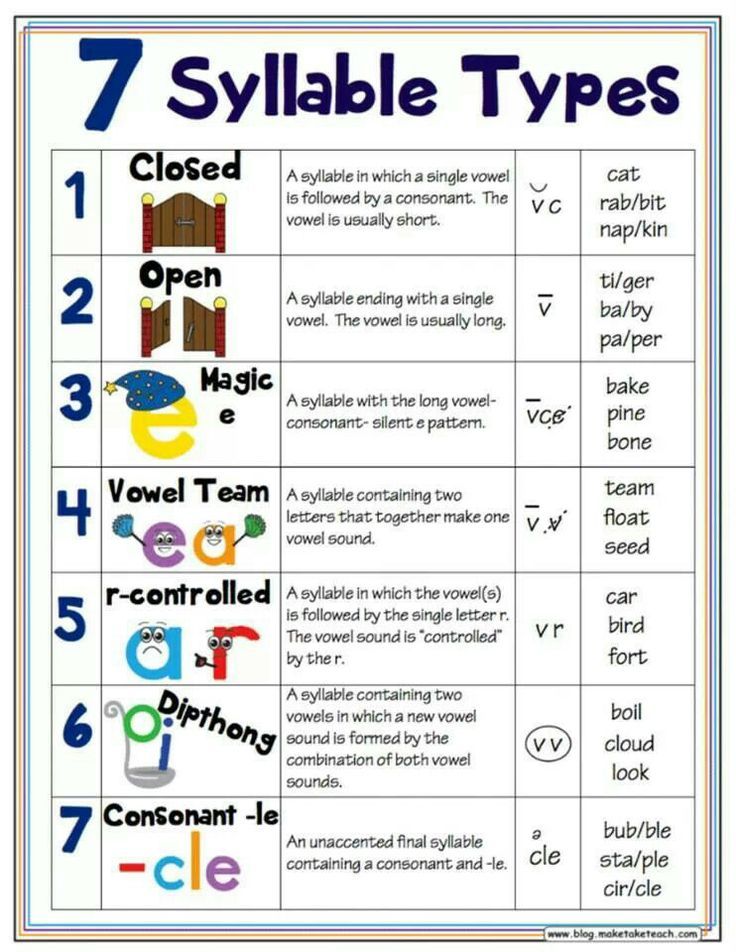 Here are the pairs they were: b-p, v-f, g-k, d-t, f-sh, s-s. Moreover, the letters b, c, d, e, g, z were loudly beaten with their feet to the beat of the music.
Here are the pairs they were: b-p, v-f, g-k, d-t, f-sh, s-s. Moreover, the letters b, c, d, e, g, z were loudly beaten with their feet to the beat of the music.  They are voiced, because pronounced with voice.
They are voiced, because pronounced with voice. 